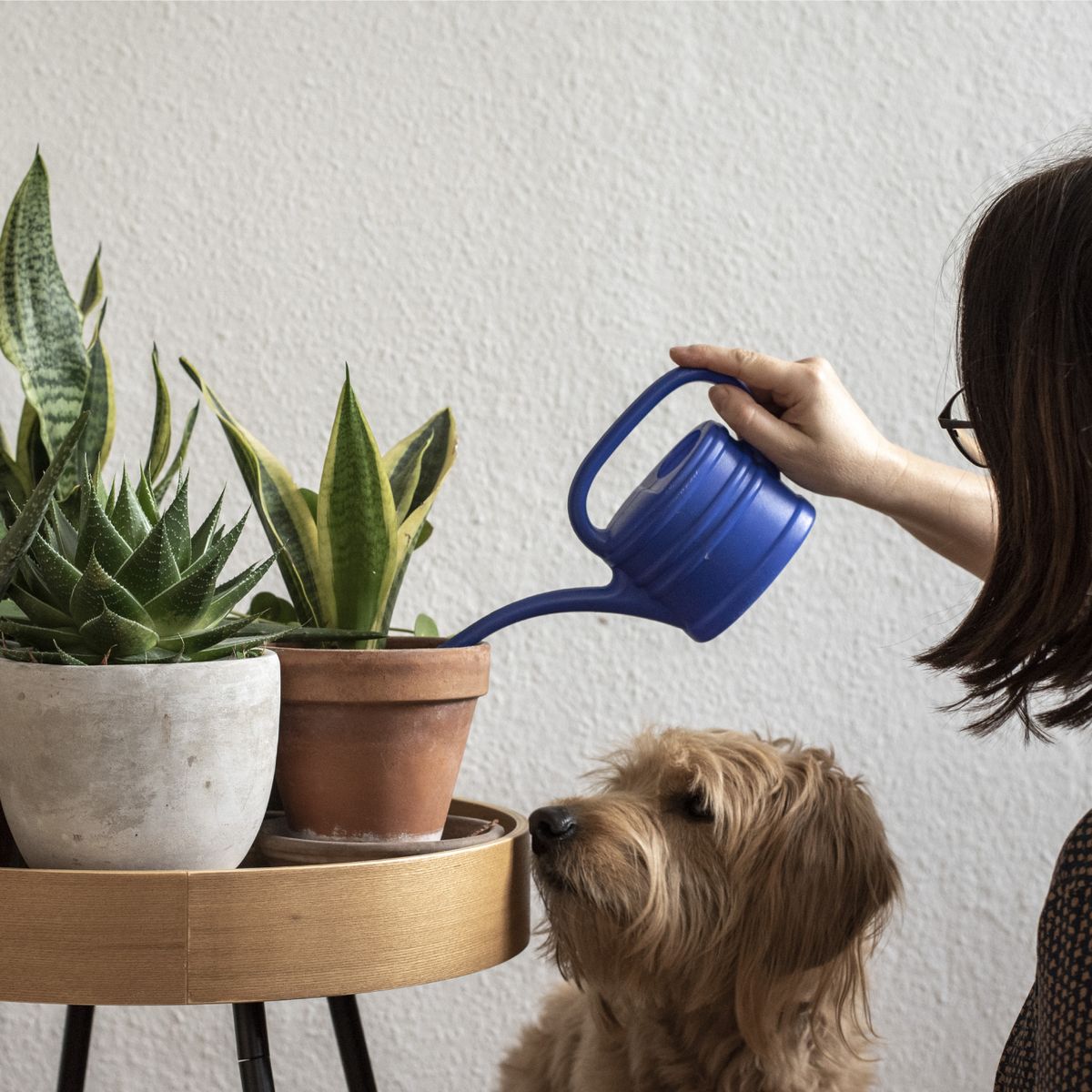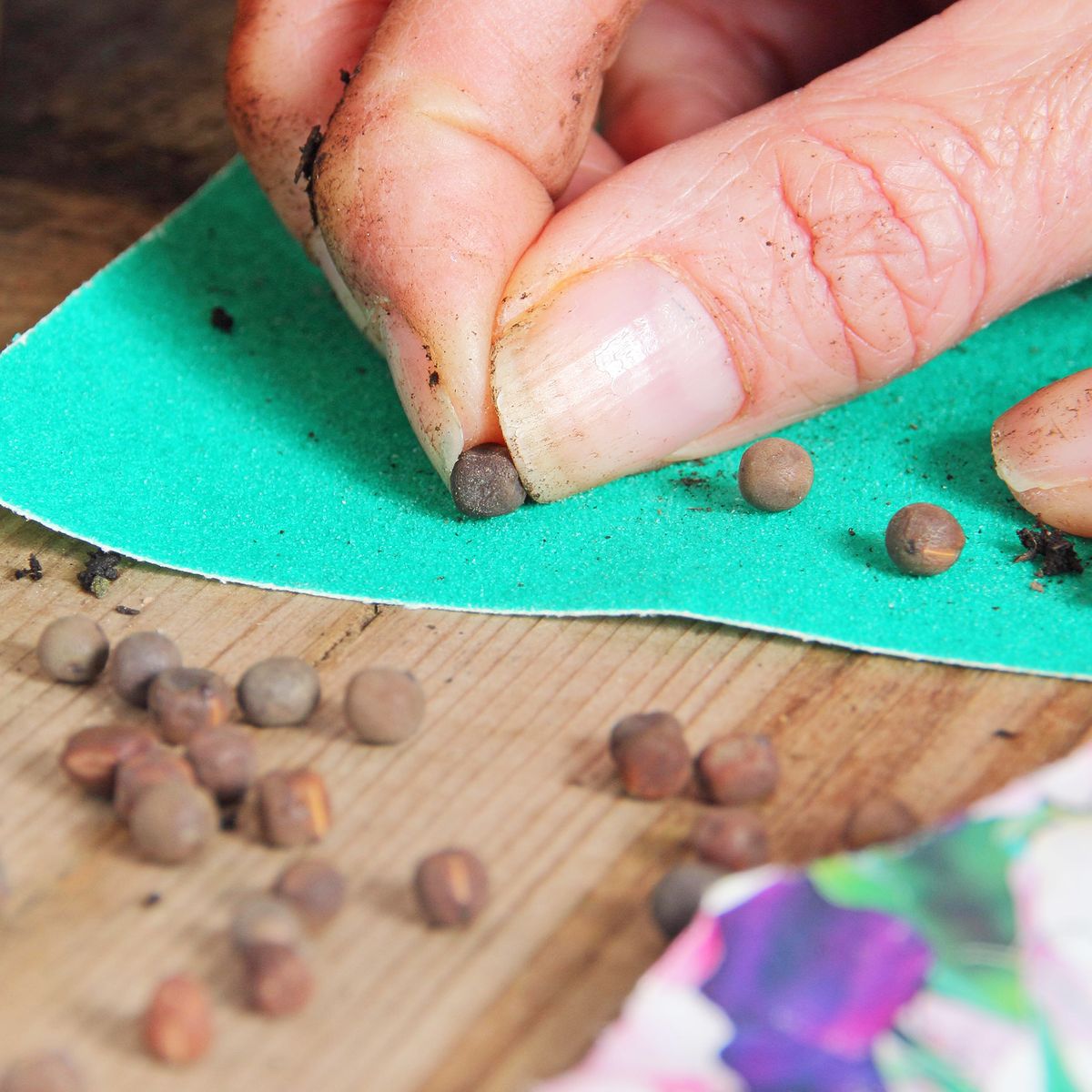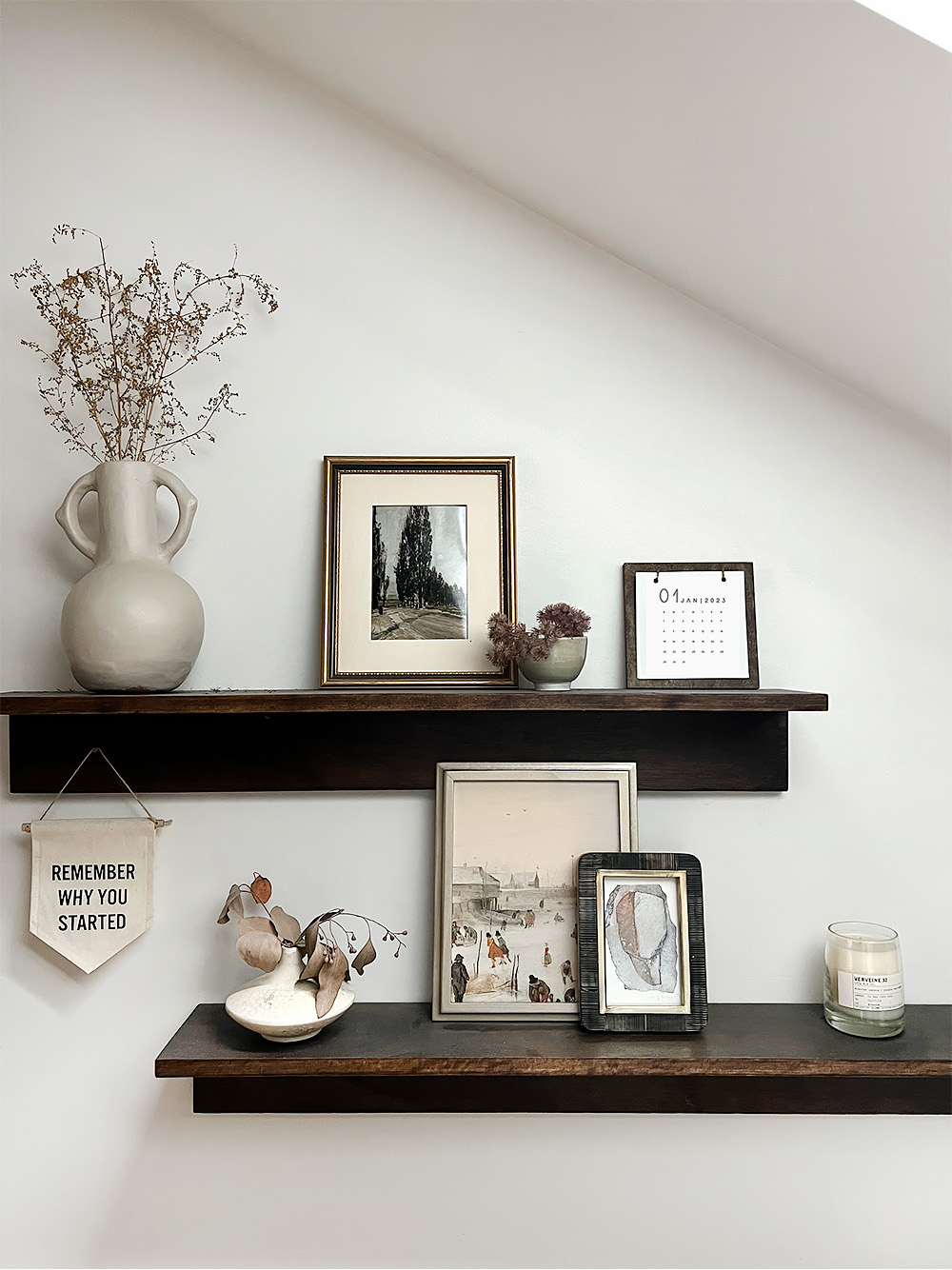There are many ways to use wet or dry coffee grounds in your garden. Coffee grounds can make a great soil amendment or topdressing and are an excellent addition to your compost pile or bin.
During the growing season, you can sprinkle damp or dry coffee grounds over the surface of your soil or layer or mix them into your compost.
So what can you do if you have too many coffee grounds to use immediately? How can you manage coffee grounds in the wintertime? What’s the best way to store them?
In this article, we will explore these questions and share six ways to store coffee grounds for garden use. Read on to learn more.
6 Ways To Store Or Make Use Of Coffee Grounds In The Garden
1. Refrigerate
For short-term storage of your daily coffee grounds, you can simply empty your coffee maker’s basket into an airtight container (e.g., an old yogurt tub or coffee can) and store it in your refrigerator.
This will keep the grounds from getting moldy before you can use them in your garden or add them to your compost. You can keep them like this for a week or so.
If they do develop white, blue, or bluish-green mold, you can still add them to compost, but don‘t use them directly in your garden.
2. Freeze
You can always freeze wet coffee grounds for longer-term storage. To do this, you could just collect them in an air-tight container in the fridge and then transfer the entire container to the freezer or keep the container in the freezer.
When you are ready to use the grounds or transfer them to your compost heap, you can just thaw them and treat them as if they were fresh.
3. Dry a Large Batch
If you don’t have room in your refrigerator or freezer, you can dry fresh coffee grounds and then store them in a cool, dry place until you are ready to use them.
Take care not to dry coffee grounds that have begun to develop mold. Only store fresh coffee grounds in this way.
Drying is a good option if you can collect lots of fresh coffee grounds from a local coffee shop or similar establishment.
To dry coffee grounds, you can spread them on newspaper (6 sheets thick) laid on perforated or slotted baking trays or racks with very closely spaced bars. Make your layer of coffee grounds a couple of inches thick.
Place the trays in a sheltered, dry, sunny location with good airflow. Check on it once or twice a day, stirring it each time to ensure that all coffee grounds get good exposure to light and air.
When the coffee grounds are the consistency of unused coffee grounds (completely dry), you can package them up and store them. Drying this way usually takes several days and may take as long as a week.
If you are absolutely certain the grounds are completely dry, you can store them in air-tight containers in a cool, dry place.
If you have any doubt about their dryness, package them up in paper sacks with the tops just rolled shut. This way, you can check on them from time to time and give them a stir or a shake to be sure they are aerated and prevent mold growth.
Coffee grounds stored in sacks should be kept in a cool, dry airy place.
4. Bake a Small Batch
You can use your oven if you have a smaller amount of coffee grounds to dry. In this case, you would spread the grounds in a thin layer on a baking sheet and bake them at a low temperature (200° degrees Fahrenheit), occasionally stirring until they are completely dry (about an hour).
A convection oven is really good for this because it not only heats, it also blows hot air around. Coffee grounds that have been completely dried in the oven can be stored in any air-tight container.
5. Toss Them On The Compost Pile
Just continue composting through the winter. Even if you can’t garden or even turn your compost heap in winter, you can continue to layer coffee grounds and kitchen scraps (green material), paper, straw, dry leaves, or wood chips (brown material) all winter long.
Start turning the layers early in the spring when you can begin working the soil outside.
Having plenty of coffee grounds in your compost may make it possible for you to turn your compost heap pretty early in the springtime. This is because coffee grounds heat up significantly as they decompose.
6. Worm Compost
If you live in an area that gets deep snow, so you can’t compost outdoors in winter, try worm composting indoors. To do this, you would set up a worm bin or two in an out-of-the-way place (a basement is perfect).
This video provides good info:
We Built a Worm Bin for $5, and it Was EASY!
While the video does not mention coffee grounds, understand that it is very easy to add your coffee grounds to your worm bins and your kitchen scraps.
You do not need to put coffee grounds through the blender. In fact, they act as grit to help worms process food and turn it into nutrient-rich worm castings.
Storing & Using Coffee Grounds In The Garden Is A Win-Win!
Used coffee grounds are filled with nutrients and trace minerals. They are essential to improving soil condition by soaking up and retaining excess moisture.
Used as a mulch or soil top-dressing, they impart nutrients and help repel garden pests, such as slugs and snails.
When you store and use coffee grounds in your garden, you are improving your environment and keeping potential waste out of landfills.
Best of all, it’s all free! Follow the advice presented here to store coffee grounds in the garden.













